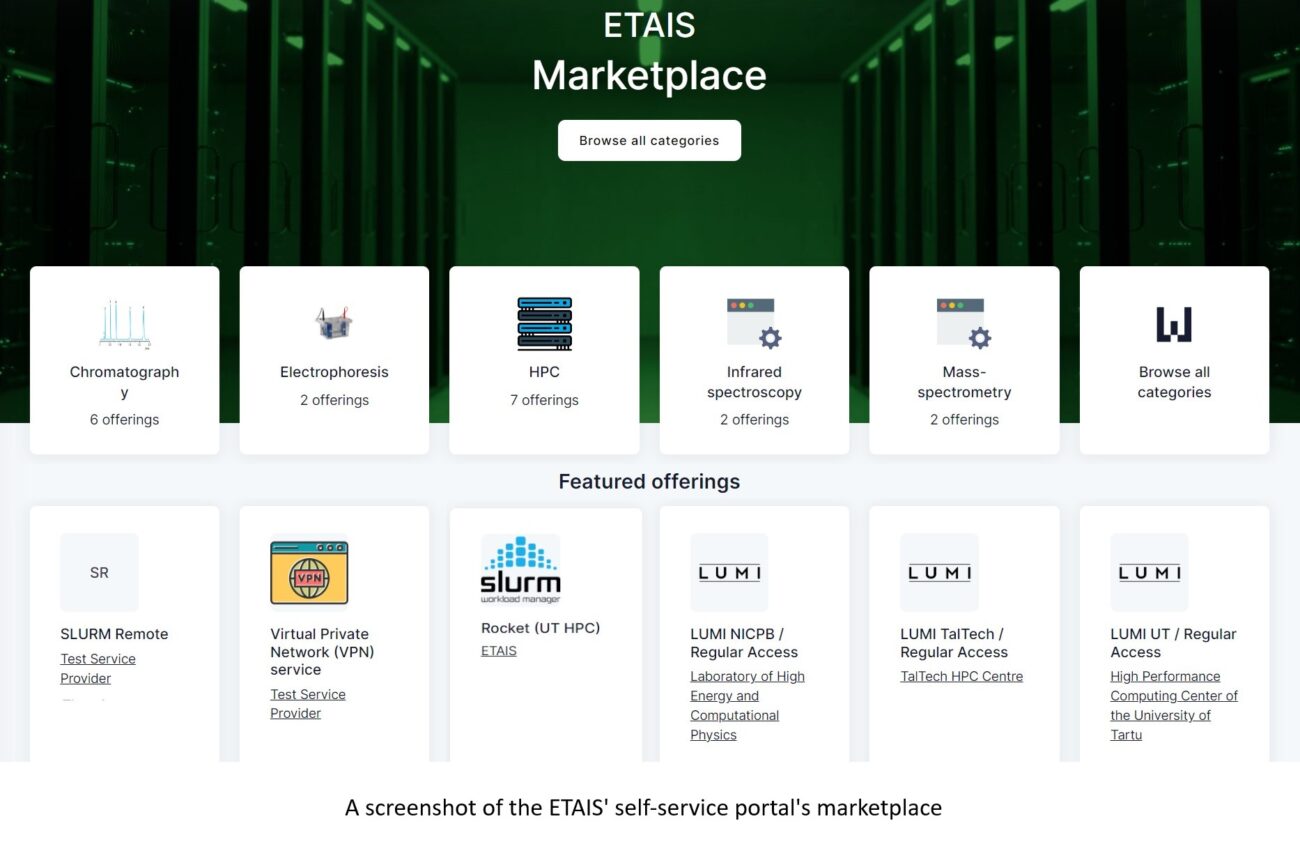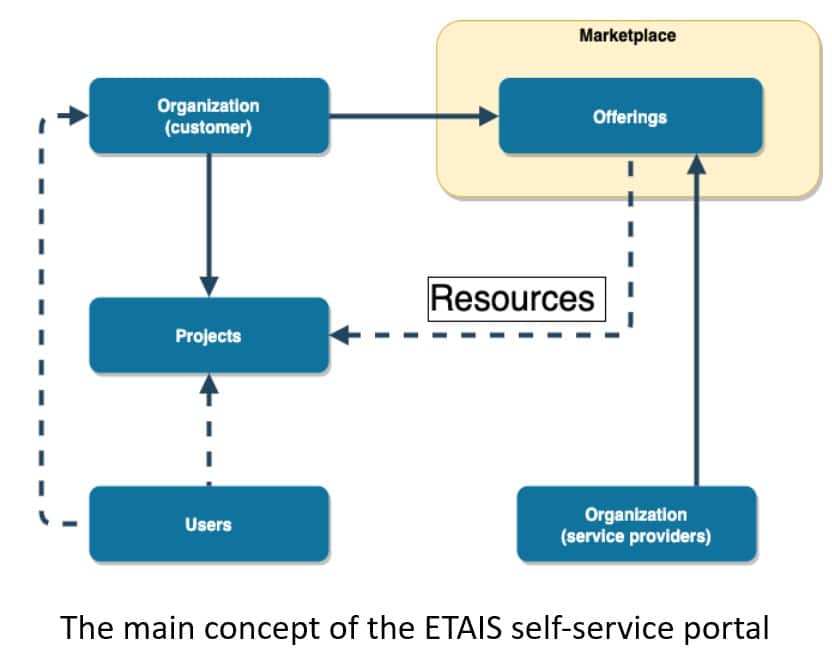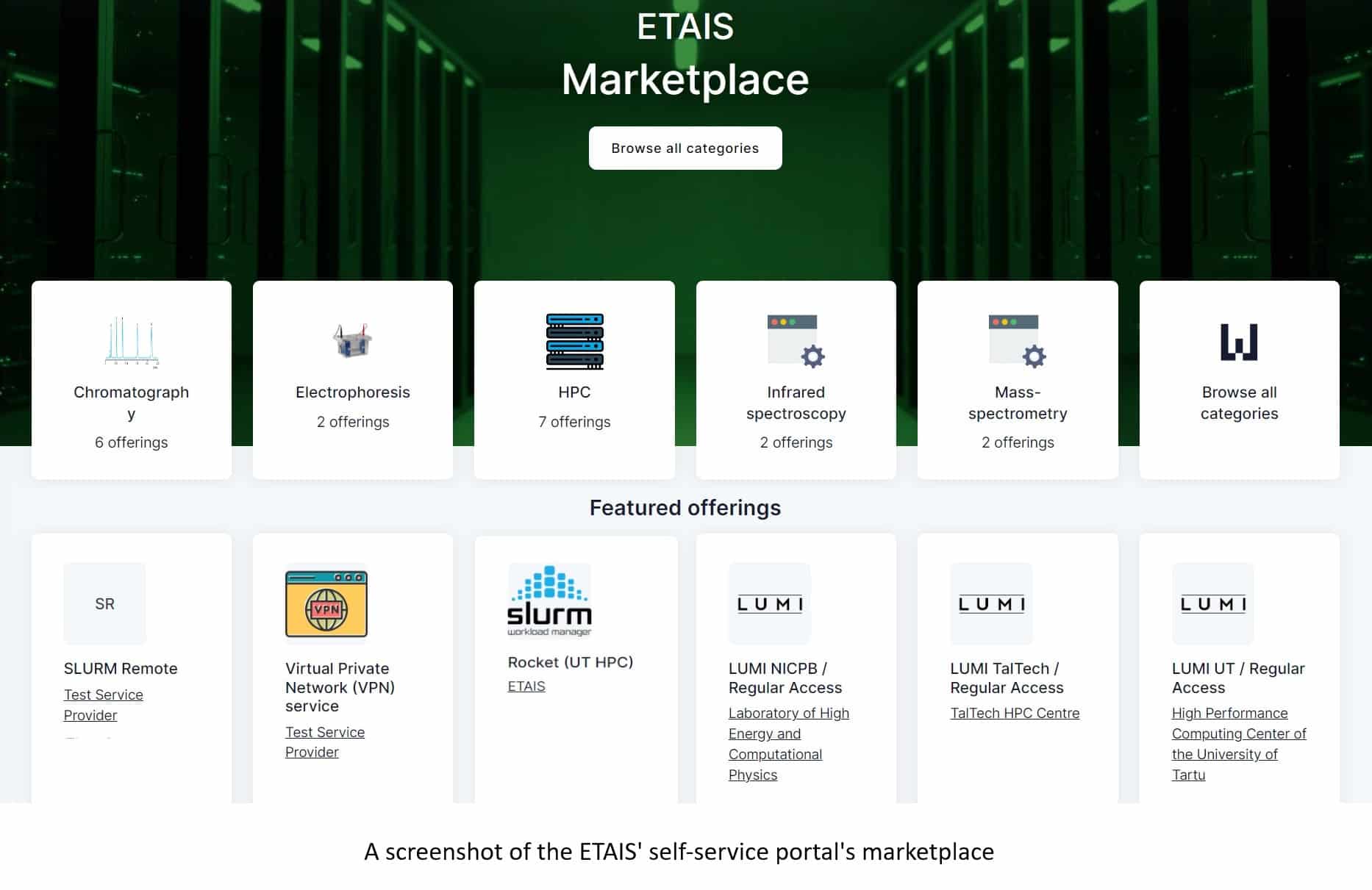Providing users with a user-friendly self-service portal empowers them to take control of their HPC usage and workflow. They can independently access resources, submit job requests, monitor job status, and manage data without relying on assistance from HPC centre staff, leading to greater autonomy and flexibility. Such a portal also helps optimize resource utilization and minimize operational costs.
When potential users find it easy and convenient to access and utilize HPC resources and services through the user-friendly self-service portal, they are more likely to engage with the HPC centre and leverage its capabilities for their work or research. A well-designed portal contributes to a positive overall user experience, fostering user satisfaction and loyalty.
Recently, NCC Estonia conducted a satisfaction survey for Estonian Scientific Computing Infrastructure’s (ETAIS) self-service portal users. ETAIS self-service portal is a single entry point for provisioning and managing computational and storage resources shared by ETAIS consortium members. Aimed at research groups affiliated with research and development institutions from the public and private sectors, it enables access to Estonian national HPC resources and the LUMI supercomputer. Resource types offered now include Virtual Private Cloud, Virtual Machines, Block Devices for data storage, and access to Slurm-based processing farms.

The ETAIS’ self-service portal offers research groups a way to collaborate on using and sharing research infrastructure to minimise the bureaucracy of negotiating access, quotas and payments. Self-service is built around the concept of workspaces. Workspace defines the structural context for the user. Users are connected to the organisations and their projects through roles. Users may have several roles specific to each workspace they access. The self-service portal supports user accounts from the MyAccessID federated identity service, which allows using home organisation accounts for login.

The ETAIS’ self-service portal is based on Waldur, an open-source software for managing private clouds, public clouds and HPC centres. Waldur solution was also used to develop Puhuri, a service that is used in several countries for allocating services of the EuroHPC LUMI supercomputer. Puhuri aims to facilitate easy and efficient access to HPC and related services throughout Europe to benefit researchers and industrial users. The key objective is to minimise service providers’ administrative costs while improving these services’ usability. Puhuri has already demonstrated its significance and potential on a European scale by delivering services adopted by more than 25 Nordic and Central European organisations.
In summary, based on our experience, a user-friendly self-service portal enhances user satisfaction, promotes the adoption of HPC resources, increases efficiency, and contributes to the overall success of the HPC centre. By improving the quality of the self-service portal, public HPC centres can have an advantage over commercial service providers.
For more information about ETAIS’ self-service portal or Waldur, contact NCC Estonia.
